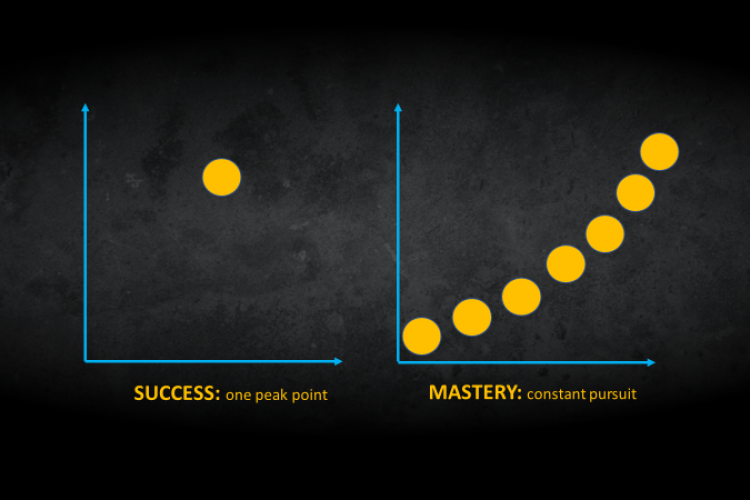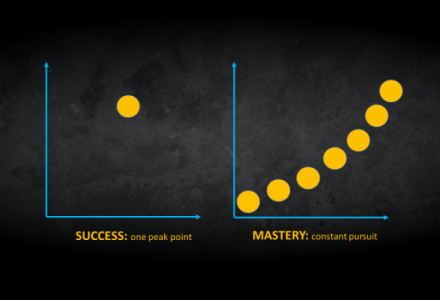From of expectancy value (- costs) = motivation, though to Dietrich et al., (2019) and onto the introduction of Tanaka and Murayama (2014) care of Bridgid Finn @Bridgidfinn.
Tanaka and Murayama (2014) focused on within-person motivation and three predictions.
- mastery-approach goals would weaken the negative relationship between perceived task difficulty and interest,
- performance-approach goals would strengthen the positive relationship between perception of expectancy and interest, and that,
- performance-avoidance goals would strengthen the negative relationship between perception of expectancy and boredom.
Participants and Procedure
158 university psychology students, 12 week programme. Measures of task-specific perceptions (expectancy, utility, and difficulty) and of interest and boredom immediately after each class. It is important to note that exam feedback was withheld.
Results
Within-person analysis showed that interest was positively related with the perception of expectancy and utility and negatively related with the perception of difficulty. Conversely, boredom was negatively related with expectancy and utility and positively related with difficulty.
What does that mean?
Expectancy, utility, and difficulty are situational appraisals that uniquely and powerfully contribute to academic engagement. Difficulty negatively predicted interest for students with low mastery-approach goals; this relationship was absent in those with high mastery-approach goals. That is an awful lot to accommodate when teaching.
High mastery-approach goals maintain interest even when they have perceived difficulty understanding course materials. Tanaka and Murayama (2014) findings clearly indicate the importance of facilitating mastery-approach goals in classrooms in order to sustain students’ academic interest when they encounter difficult learning materials.
Tanaka and Murayama (2014) suggest that the lack of perceived utility, in this case, of the learning materials, can be a source of boredom. Perceived utility of a task is an incentive and also an antidote to boredom when the immediate benefits of learning are unclear. It may prove worthwhile for teachers to make the utility of a task, or given my interest, successive relearning, well in advance of the revision and if the task is desirably difficult. Yet, Tanaka and Murayama (2014) advise caution, “the precise role of perceived utility in facilitating interest and alleviating boredom as a function of achievement goals should wait for future studies.”
Tanaka and Murayama (2014) foresaw perceptions of expectancy would be related to interest in students with high performance-approach goals. However, contrary to their prediction, performance-approach goals did not moderate the positive relationship between expectancy and interest. However, this may in part be due to the lack of comparative performance with other students.
With regard to performance-avoidance goals, Tanaka and Murayama (2014) obtained a pattern of results showing a lower perception of expectancy led to increased boredom for students who were high in performance-avoidance goals as compared to students who were low in performance-avoidance goals. A similar moderating effect was found for mastery-avoidance goals. What this suggests is a “sensitivity and vulnerability” of avoidance goals to ability-related information, unspecific to performance-avoidance goals.
Implications for Educational Practices
What we simply want to know is – what can educators do to foster students’ interest and reduce boredom. If you have made it this far, you deserve this top five list.
- Raise students’ perception of expectancy,
- Emphasize the utility of the task, the lesson, the course content, and
- Ensure that tasks are not too difficult.
“Bring the lesson to the students, and bring the students to the lesson,”.
Blumenfeld, Puro, & Mergendoller, (1992)
- Help students to see the value in what they are learning.
- Ask students to think about the lesson
A strong summary:
Educators should pay more attention to students’ achievement motivations (achievement goals) as well as to task contents and structure (difficulty and utility) to more fully understand students’ emotional engagement and academic experience.
As teachers, we do our best to deliver learning that suits the achievement motivations of the group, however making that assessments for x students, is no mean feat. Certainly, I have adapted my teaching to have a much lower failure rates at the opening of lessons and the start of a new scheme.
What might this mean for desirable difficulties?
Accepting that this is an individual difference, what is desirably difficult?
The original enquiry question
Tanaka and Murayama (2014) recognise that difficult learning materials may discourage students and decrease students’ intrinsic interest, but their findings also showed that this is not necessarily the case when students are mastery-approach oriented. So is the question – how do we promote a mastery-approach?
Second, that lower self-confidence tends to increase boredom, that this negative link can be mitigated by decreasing students’ mastery-avoidance and performance-avoidance goals. Teachers using RememberMore frequently report the model adopted by the app improves learner confidence, which spills out into class. The investment and success – leading to greater attention and learning. A success-motivation-success snowball. Lastly Tanaka and Murayama (2014) suggestion, when teachers find that a number of their students have mastery-avoidance or performance-avoidance goals, they should take care to support and bolster students’ self-confidence to avoid classroom boredom. Another signpost or hint to success being an antidote to boredom.



